Rome's Champion: Beyond The Laurels

Table of Contents
The Brutal Reality of Training: Forging Rome's Champion
The path to becoming a Rome's Champion was arduous and demanding, requiring rigorous physical training and unwavering discipline. Ancient Roman training methods pushed athletes to their physical limits, shaping their bodies and minds for the brutal realities of competition.
-
Rigorous physical training regimes: Roman athletes underwent intensive training programs tailored to their specific sport. Gladiators, for example, engaged in brutal sparring sessions, honing their swordsmanship and combat skills. Chariot racers underwent rigorous stamina training, running alongside their chariots to build endurance and agility. This often involved repetitive exercises, weight training using primitive methods and intense physical conditioning.
-
Dietary restrictions and nutritional practices: Diet played a crucial role in achieving peak athletic performance. While the specifics varied, athletes likely consumed a diet rich in protein, carbohydrates, and fats to fuel their intense training. Evidence suggests a focus on grains, legumes, meats, and fruits, although access to varied and nutritious food depended heavily on social status.
-
Prevalence of injury and the challenges of recovery: The intense nature of Roman sports resulted in a high prevalence of injuries. Broken bones, lacerations, and concussions were common occurrences, and the recovery process was often slow and arduous, with limited medical understanding and technology. The risk of permanent injury or even death was a constant companion for many athletes.
-
Specialized training facilities and coaches: Elite athletes often trained in specialized facilities, sometimes associated with larger public works and entertainment complexes. These facilities may have included training grounds, gyms, and other infrastructure to support their physical and skills development. Experienced trainers and coaches, often former athletes themselves, guided their training and provided expertise.
Beyond the Arena: The Social Status of Athletes in the Roman Empire
The social status of Roman athletes varied significantly. While gladiators were often slaves or freedmen, chariot racers and athletes competing in other events could come from various social backgrounds.
-
The varied social backgrounds of athletes: Some athletes rose from humble beginnings, while others hailed from wealthy and influential families. Social mobility was possible through athletic success, especially for slaves who could earn their freedom through victory in the arena.
-
The impact of success on social mobility: Athletic achievements could significantly impact social standing. Victorious gladiators or celebrated chariot racers could gain wealth, freedom, and even celebrity status, dramatically altering their social position.
-
Public perception and celebrity status: Successful athletes enjoyed immense popularity and celebrity status, akin to modern-day sports stars. They were celebrated by the crowds, received lavish rewards, and were often immortalized in art and literature.
-
The role of patronage and sponsorship: Wealthy patrons and sponsors often supported athletes' careers, providing them with training, equipment, and financial support in exchange for glory and prestige associated with their success. This system further highlighted the intersection of athletic achievement and social status.
The Games and Their Significance: More Than Just Entertainment
The games of ancient Rome were far more than mere entertainment; they held significant political, social, and religious importance.
-
The different types of athletic competitions in ancient Rome: Gladiatorial combat, chariot racing, and various athletic contests formed the core of Roman entertainment. These events provided thrilling spectacles to the masses and showcased incredible physical prowess and skill.
-
The political and social functions of the games: The games served as a crucial tool for political leaders to maintain social order and appease the populace. They diverted attention from societal problems, fostered a sense of unity, and reinforced the power of the Roman state.
-
The religious significance of athletic events: Athletic success was often attributed to the favor of the gods. Victorious athletes were seen as blessed individuals, and the games themselves were intertwined with religious rituals and ceremonies.
-
The impact of the games on Roman society: The games profoundly influenced Roman society, shaping its values, beliefs, and cultural landscape. They left an indelible mark on art, literature, and architecture, perpetuating the legacy of Rome's Champion for generations.
Famous Examples of Rome's Champions:
-
Spartacus: A Thracian gladiator who led a massive slave revolt against the Roman Republic. His rebellion, though ultimately unsuccessful, became legendary.
-
Ben Hur (Fictional, but representing the reality of chariot racing): While fictional, the character Ben-Hur in Lew Wallace's novel and subsequent film adaptations embodies the intense competition, skill, and social dynamics of chariot racing in the Roman Empire. Real-life chariot racers enjoyed similar fame and fortunes based on their skill.
-
Flavius Scaurus: A renowned gladiator known for his exceptional skill and bravery. Though specific details about his life are scarce, his name has survived as a symbol of gladiatorial prowess.
-
Diocles: A renowned charioteer who amassed a vast fortune through victories. His career showcases the potential for wealth and fame in chariot racing.
Conclusion
This exploration of Rome's champions reveals a complex picture of athletic life in the Roman Empire, moving beyond the simplistic narratives of glory and combat. From the grueling training regimens to the diverse social backgrounds and significant cultural influence, the lives of these athletes provide a captivating glimpse into ancient Roman society. They were more than just competitors; they were symbols of strength, skill, and social mobility in a world defined by both brutality and spectacle.
Discover more about the fascinating world of ancient Roman athletes and the compelling stories of Rome's Champions. Explore further resources on Roman history and deepen your understanding of this vibrant era. Delve deeper into the lives of these remarkable individuals and uncover the truth behind the legends of Rome's champion, beyond the laurels and into the complexities of their lives.

Featured Posts
-
 Build Voice Assistants With Ease Key Announcements From Open Ais 2024 Event
May 28, 2025
Build Voice Assistants With Ease Key Announcements From Open Ais 2024 Event
May 28, 2025 -
 Yankees Defeat Angels One Inning Costs Kochanowicz The Game
May 28, 2025
Yankees Defeat Angels One Inning Costs Kochanowicz The Game
May 28, 2025 -
 Los Angeles Wildfires And The Growing Problem Of Disaster Gambling
May 28, 2025
Los Angeles Wildfires And The Growing Problem Of Disaster Gambling
May 28, 2025 -
 Tyrese Haliburtons Impressive Knicks Game Nba Reactions And Highlights
May 28, 2025
Tyrese Haliburtons Impressive Knicks Game Nba Reactions And Highlights
May 28, 2025 -
 Roland Garros 2024 Alcaraz Swiatek Lead But Upsets Rock The Draw
May 28, 2025
Roland Garros 2024 Alcaraz Swiatek Lead But Upsets Rock The Draw
May 28, 2025
Latest Posts
-
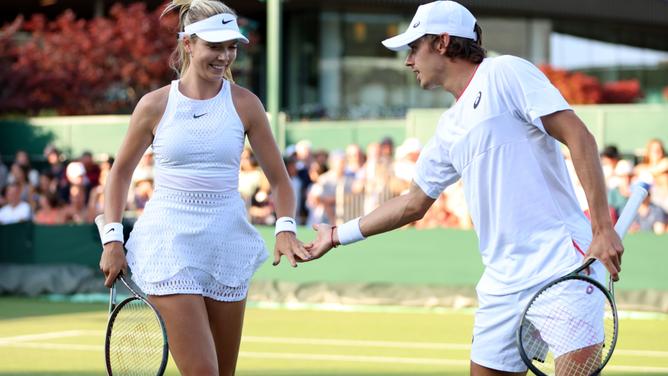 Madrid Open De Minaurs Early Exit Swiateks Dominant Win Over Keys
May 30, 2025
Madrid Open De Minaurs Early Exit Swiateks Dominant Win Over Keys
May 30, 2025 -
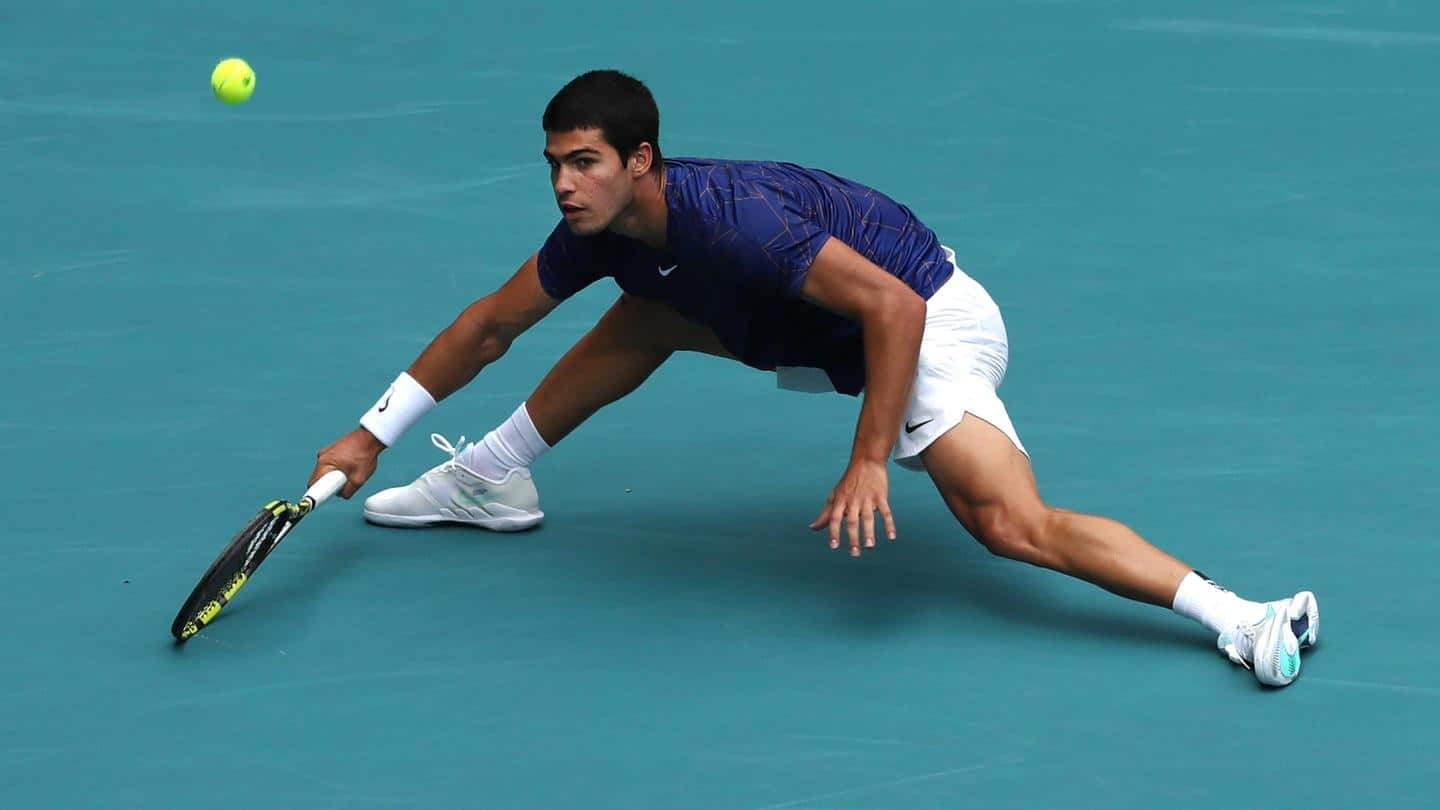 Carlos Alcaraz Triumphs In Monte Carlo Sixth Masters 1000 Title
May 30, 2025
Carlos Alcaraz Triumphs In Monte Carlo Sixth Masters 1000 Title
May 30, 2025 -
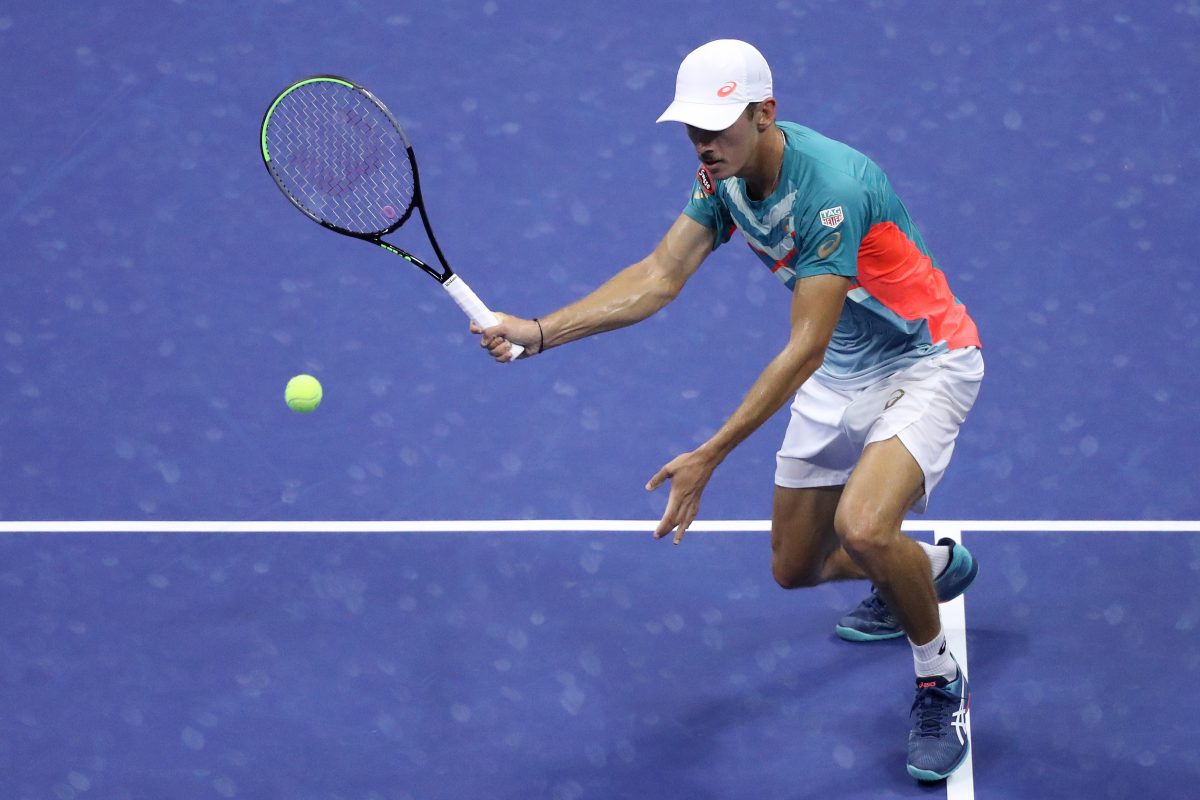 Alex De Minaur Out Of Madrid Open After Straight Sets Loss Swiatek Triumphs
May 30, 2025
Alex De Minaur Out Of Madrid Open After Straight Sets Loss Swiatek Triumphs
May 30, 2025 -
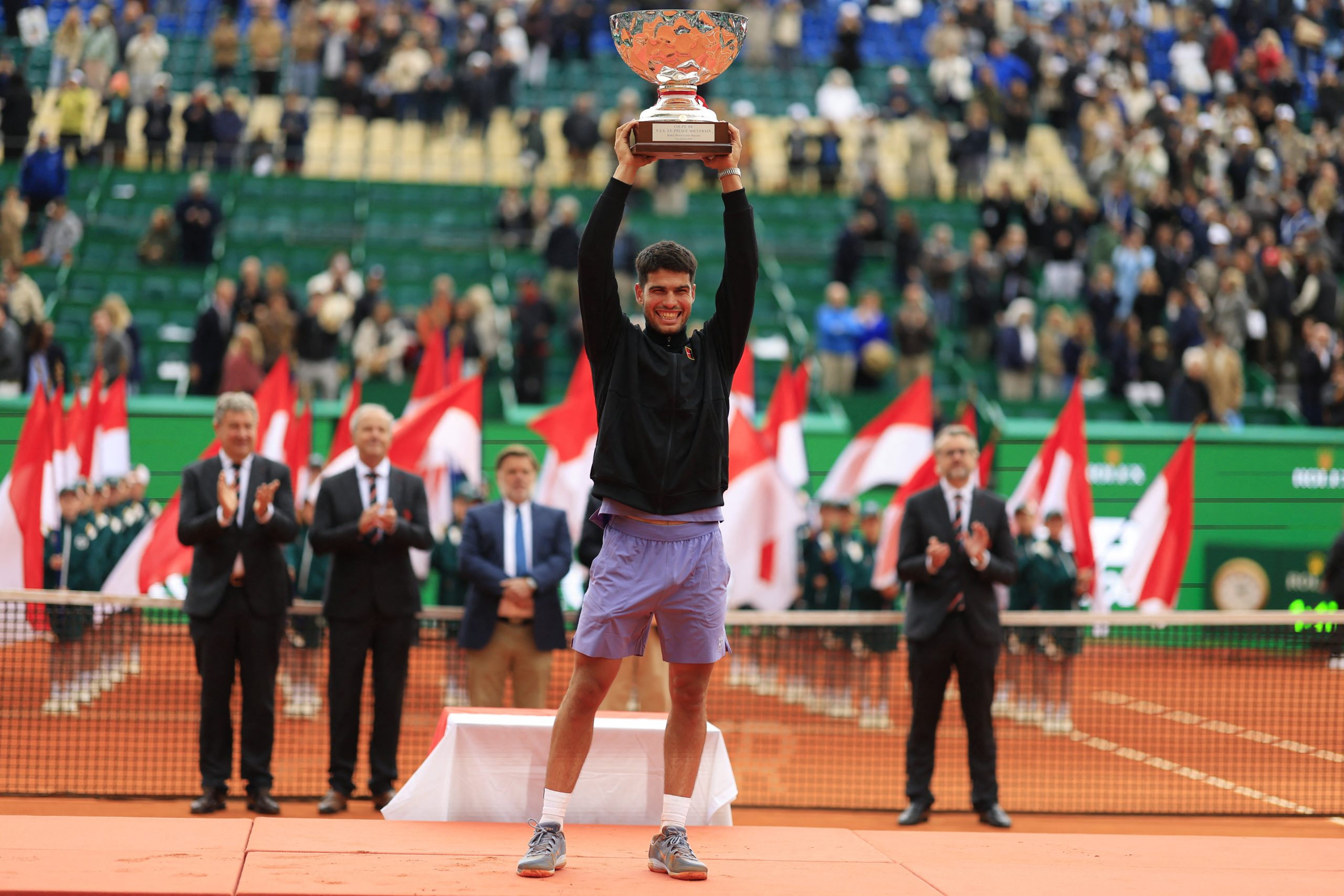 Monte Carlo Masters Alcaraz Claims Title Following Musetti Injury
May 30, 2025
Monte Carlo Masters Alcaraz Claims Title Following Musetti Injury
May 30, 2025 -
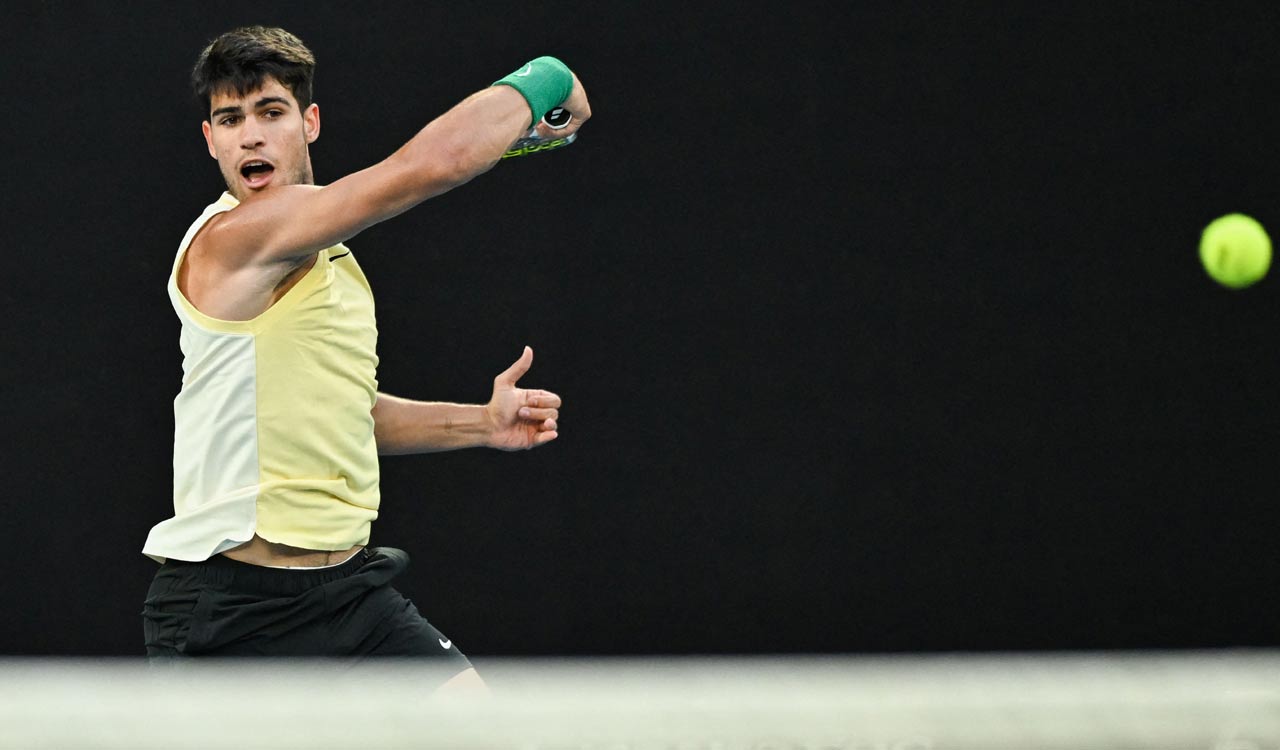 Monte Carlo Final Alcaraz Wins After Musetti Retirement
May 30, 2025
Monte Carlo Final Alcaraz Wins After Musetti Retirement
May 30, 2025
